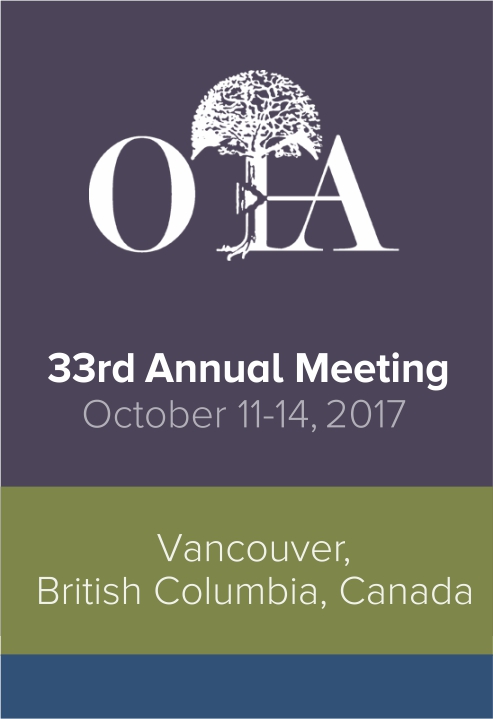
OTA2017: Comparing syndesmotic injury reduction between Tightrope versus screw fixation

OTA2017: Comparing syndesmotic injury reduction between Tightrope versus screw fixation
Δ Improved Reduction of the Tibiofibular Syndesmosis with Tightrope Compared to Screw Fixation: Results of a Randomized Controlled Study
CONFERENCE ACE REPORTS
This ACE Report is a summary of a conference presentation or abstract. The information provided has limited the ability to provide an accurate assessment of the risk of bias or the overall quality. Please interpret the results with caution as trials may be in progress and select results may have been presented.
Synopsis
103 patients with an unstable syndesmotic injury associated with a malleolar fracture were randomized to syndesmotic stabilization with either a Tightrope device or two cancellous screws. Malreduction was assessed on CT at 3 months. Functional outcome and reoperation rate were followed-up for 12 months postoperatively. The incidence of malreduction and reoperation were both significantly lower in ...
To view the full content, login to your account,
or start your 30-day FREE Trial today.
FREE TRIAL
LOGIN
Forgot Password?
Explore some of our unlocked ACE Reports below!

Learn about our AI Driven
High Impact Search Feature
Our AI driven High Impact metric calculates the impact an article will have by considering both the publishing journal and the content of the article itself. Built using the latest advances in natural language processing, OE High Impact predicts an article’s future number of citations better than impact factor alone.
Continue



 LOGIN
LOGIN

Join the Conversation
Please Login or Join to leave comments.